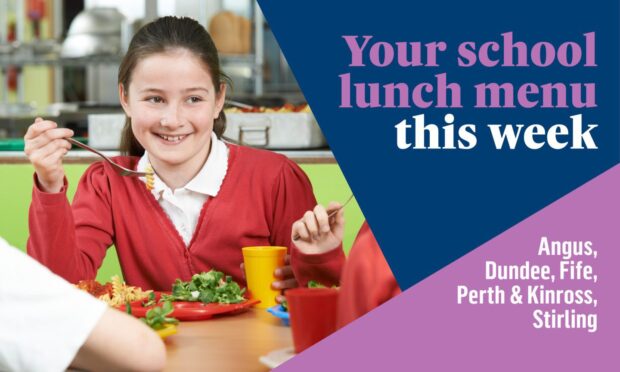Secondary schools will be asked to take “practical” steps to ensure distancing between pupils if they reopen full-time on August 11, the Education Secretary has said.
During an update to Parliament on plans to reopen schools, John Swinney told MSPs primary school pupils will not be expected to distance but high school students may have to.
It comes after Government advisers said the evidence for older pupils is “less clear” around transmission, but said both phases of schooling should follow advice not to socially distance.
During the virtual session, Mr Swinney said: “After considering carefully that advice and the views of stakeholders, the Education Recovery Group is developing guidance which involves taking extra precautions and envisages that secondary schools will be asked to take a practical approach to maintaining distancing between pupils wherever possible.”
He said changes could be made to classrooms to facilitate distancing – while ensuring capacity remains at the same level – or by “managing the flow of pupils and staff within schools”.
The guidance will be released by July 30, he said, with a final decision on the reopening of schools taken on July 29.
Mr Swinney also used the update to announce a raft of cash injections into the education sector as it prepares for reopening.
Of the £100 million funding package made available to the sector in June, Mr Swinney said £50 million will be ring-fenced for the recruitment of teacher and support staff for this academic year.
This means, Mr Swinney said, that 850 more teachers and 200 more support staff will be brought into the sector.
A further £20 million investment will also go to councils to address practical issues around the reopening, such as the need for more intensive cleaning.
Mr Swinney said £3 million will be given to local authorities to boost youth work services.
Responding to a question from Conservative education spokesman Jamie Greene, Mr Swinney said he expects there to be localised “clusters” of cases of Covid-19 when schools return, but the Scottish Government will handle such an outbreak in much the same way it is currently dealing with the Sitel call centre cases in Lanarkshire.
Labour education spokesman Iain Gray asked the Education Secretary how ready Scotland really is for the return of full-time schooling, and if face coverings should be worn in schools.
Mr Swinney said he is “very keen” to ensure trainee teachers can be utilised in the return of schools, as well as saying local authorities have been undertaking risk assessments for “some considerable time”.
On face coverings, Mr Swinney said anyone who wishes to wear one should be able to do so, but it should not be mandated.
When questioned by Green MSP Ross Greer on why routine testing will not be undertaken, Mr Swinney said he is “very sympathetic” about the point and has taken “extensive advice” from Public Health Scotland.
He added there will be surveillance testing done within schools, and he will lay out more details next week.










